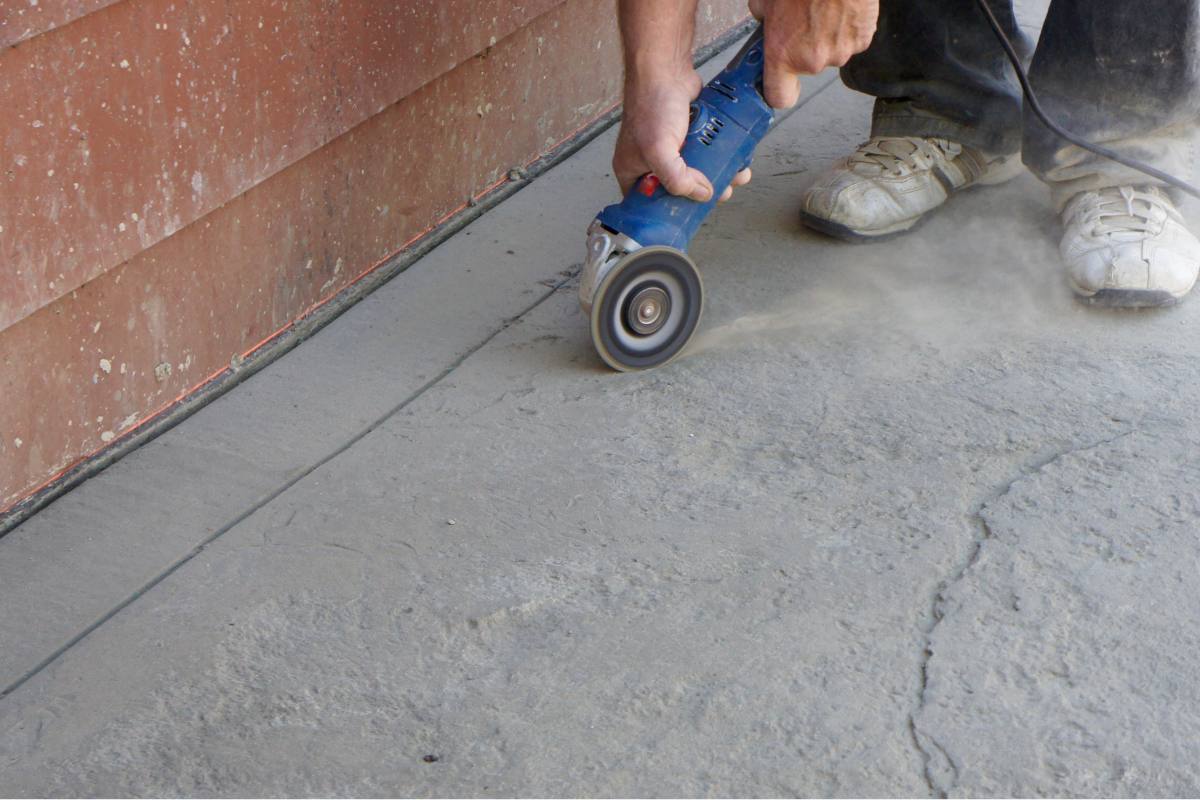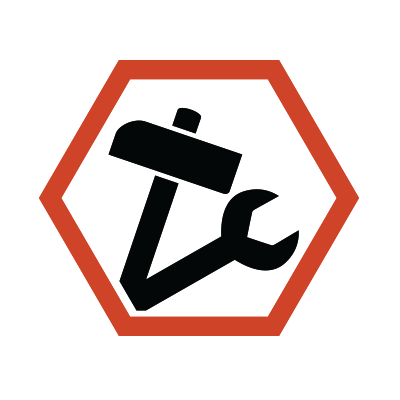Imagine you’re standing in your backyard, gazing at the space where your new patio will soon be. You’ve got everything planned out, but there’s one major hurdle to overcome: cutting through the existing concrete. It’s a daunting task, the noise, the dust, and the precision required can be overwhelming for anyone. On the other hand, envision a seasoned professional effortlessly navigating the concrete with precision tools, their expertise turning a challenging job into a seamless operation. This scenario brings us to a crucial decision point for many homeowners and DIY enthusiasts: when to take on concrete cutting yourself and when to call in a pro.
Concrete cutting, a critical aspect of many construction and renovation projects, requires careful consideration and preparation. Whether you’re contemplating a DIY project or thinking about hiring a professional, understanding the scope, tools, and safety measures involved is key. In this post, we’ll explore everything you need to know about concrete cutting, helping you decide when to DIY and when to rely on professional expertise.
Understanding Concrete Cutting
Concrete cutting involves removing or modifying concrete structures using various tools and techniques. It’s a process common in construction and renovation projects, ranging from creating openings for doors and windows to cutting trenches for plumbing or electrical lines. Understanding the nature of your project is the first step in determining whether to DIY or call a pro.
Projects like small, straightforward cuts for garden beds or minor renovations might be suitable for experienced DIYers. However, more complex tasks, such as creating large openings or working with reinforced concrete, often require professional equipment and expertise.
Tools and Equipment
The right tools are crucial for concrete cutting. For DIY projects, basic equipment might include a circular saw with a concrete blade, a sledgehammer, and safety gear. If you don’t have the right equipment, browsing power tools available for hire rather than purchasing new to save some money.
Professional concrete cutters, on the other hand, use advanced equipment like hydraulic or pneumatic saws, diamond-tipped blades, and ground-penetrating radar (GPR) for detecting hidden features in the concrete. These tools not only enhance precision but also significantly reduce the time and labor involved in the project.
DIY Considerations
- Safety: Safety should be your top priority. This includes using protective gear and being aware of potential hazards like buried electrical lines or pipes.
- Skills and Experience: Assess your skills realistically. Concrete cutting requires a steady hand and a good understanding of the material.
- Project Scope: Small, surface-level projects are more suited to DIY. Anything deeper than a few inches or requiring complex shapes should likely be left to professionals.
When to Call a Pro
There are several situations where hiring a professional is the best course of action. If your project involves structural changes to your home or the cutting depth exceeds what standard DIY tools can handle, it’s time to call in the experts. Additionally, projects requiring precision cutting for aesthetic purposes or the installation of large fixtures should be entrusted to professionals to ensure the integrity of the final product.
Professional concrete cutters bring a level of precision, efficiency, and safety to the job that is hard to match on a DIY basis. Their expertise can also prevent costly mistakes and ensure that your project complies with local building codes and regulations.
Cost Considerations
Cost is often a deciding factor when it comes to DIY vs. professional concrete cutting. DIY can save money on labor but might require outlay for tool rental or purchase. Remember, mistakes can be costly, both in terms of materials and potential repairs.
On the other hand, while professional services have a higher upfront cost, they bring value through efficiency, quality, and peace of mind. Comparing quotes from different services and considering the complexity and size of your project can help you make an informed decision.
Conclusion
Deciding between DIY and professional concrete cutting boils down to the project’s complexity, your skill level, and your budget. For small, straightforward tasks, DIY can be a rewarding challenge. However, for larger, more complex projects, the expertise of a professional can save time, ensure quality, and prevent costly mistakes. If you’re gearing up for a project and need the right tools, exploring our selection of power tools is a must!







Leave a Reply